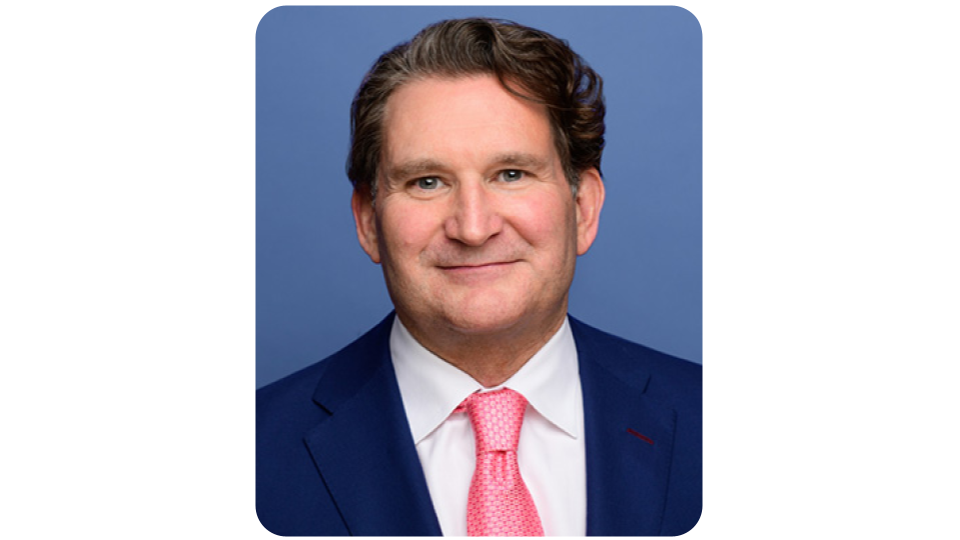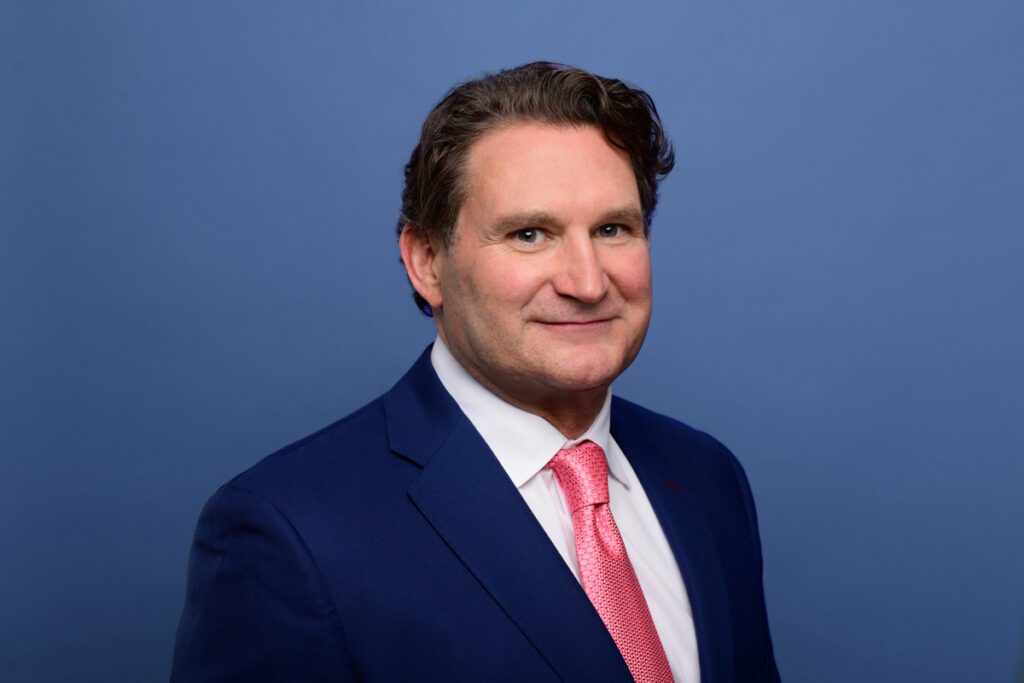Vascular Doctor Spotlight: S. Michael Humphrey, MD
Author: StrideCare Internal Team

We had the pleasure of visiting with vascular doctor Dr. S. Michael Humphrey for an interview to talk about his commitment to modern-day technology and the minimally invasive vascular techniques he relies on to change his patients’ lives for the better. With more than 25,000 successful procedures on his resume, Dr. Humphrey depends on compassionate listening skills to understand each patient’s concerns. From there, he provides quality education and gives sound advice on the best treatment recommendations for each patient’s needs.
Before arriving at Stridecare, Dr. Humphrey spent eight years at Vein Clinics of America, where he oversaw three separate clinics. Prior to that, he was the president and CEO of Radiology Specialists of Milwaukee and spent 12 years working in a hospital setting at various facilities. He earned his Doctorate from the University of Texas Medical School of Medicine in Houston in 1996. He also spent time in the university’s Ph.D. program, which he earned a full scholarship for, and completed his residency at Massachusetts General Hospital. A few of his career accolades include a degree in engineering and spending time as a clinical instructor at Harvard Medical School.
Keep reading to find out what motivates the man behind the scrubs.
Q & A With Dr. S. Michael Humphrey of StrideCare
Q: At what point did you decide to become a vascular doctor?
A: I did not want to be a doctor when I was a kid. Initially, I wanted to be an astronaut because I grew up in Houston where the Johnson Space Center is. But I realized that wasn’t the path I wanted. I was an engineer and wanted to study prosthetic development, so I decided to get an MD/Ph.D. in neuroscience. I was already in medical school when I chose to become an interventional radiologist. What I enjoy about doing vein treatments, especially later in my career, is that we don’t need to sedate patients. We can talk them through everything. I always appreciate the human connection.
Q: What are the conditions/treatments of your primary focus?
A: Since 2014, I’ve been focused exclusively on treatment of venous insufficiency disease. That’s what I do—venous ablations and sclerotherapy primarily.
Q: How do you develop strong and trusting relationships with patients?
A: As a vascular doctor, I listen to the patient. I want to give them the appropriate amount of respect. I believe it is critical to take something that’s relatively complicated, that most people don’t understand, and figure out a way to explain it to where anyone can understand it.
Q: What are you most passionate about professionally? What excites you about your contributions?
A: Again, I talk to the patients a lot. And I learn so much from them simply by listening. What we do really does help people. When this technology first came out, I was shocked by how it made many people feel better. In fact, a lot of patients tell me that they should have done it years earlier. That makes you feel good when you can make someone’s life better.
Q: What have you seen in this industry that has changed so drastically over the years?
A: It was drastically different 20 years ago. Technology has gotten better and faster. The biggest difference is we can do these procedures in an outpatient setting. They can be done in as little as 15 minutes. There’s no pain and no recovery time. You don’t have to go home and lie in bed.
I treat a lot of patients who take off work to come see me and then go right back to work. They might be roofers, nurses, police, etc. It doesn’t matter. But they go back the same day. That’s the biggest change compared to what vein treatment was for our parents. My mom had vein stripping done in 2007. That was a hospitalization for a day and six months of recovery. I can do those same procedures, including using vascular adhesives, in less than 15 minutes.
Q: Would you share a favorite patient success story as a vascular doctor?
A: I treated an 85-year-old man who still plays fast pitch baseball. He’s one of their starting pitchers, but he was struggling to pitch a whole game because of varicose veins in his legs. We treated his legs, and he felt so much better.
I treated another man who worked at a gas station and hadn’t taken a day off in over seven years. Obviously, he was on his feet all the time, and he had a massive growth on his leg from venous insufficiencies. After treating him, the growth fell off, and he regained his life.
Others had ulcers for three or more months but ultimately, after our treatment, they healed in a few weeks. Ulcers will close on their own when you cure the underlying vein issues.
Q: What do you feel helps you and the practice stand out?
A: We don’t only focus on the procedures and never see the patient again. Providing a follow-up is important to ensure the proper results. The other thing is to be constantly looking for ways to improve, including with the patient’s experience and finding ways to decrease pain. It’s all about trying to be better. If the patient is happy, that’s the best result you can get.
Q: What are your passions, interests, and hobbies outside of helping patients?
A: I love to hunt, fish, ride dirt bikes, and play the guitar. My wife and I have been married for 30 years, and we have two kids.
Q: What is your favorite quote or philosophy?
A: I’d have to say, “Try to be better every day.”

Dr. S. Michael Humphrey at StrideCare Welcomes New Patients
We enjoyed our visit with Dr. Humphrey, and we know that you will, too! Dr. Humphrey is passionate about helping patients live their best life, and he looks forward to meeting more patients in the months to come.
Prior to starting any new treatment or questions regarding a medical condition, always seek the advice of your doctor or other qualified health provider. This information is not a substitute for professional medical advice.
StrideCare serves the South Texas area including Houston, San Antonio, Austin, Round Rock, Bastrop, Brushy Creek, Cedar Park, Converse, Georgetown, Hutto, Kyle, Leander, Marble Falls, New Braunfels, Pasadena, Pearland, Pflugerville, San Marcos, Schertz, Houston, Sugar Land, Katy, Webster, Bay City, Clear Lake, Lake Jackson, The Woodlands, Universal City, Spring, Kingwood, Stafford, Conroe, Texas City, Cypress, League City, Bellaire, and more.


